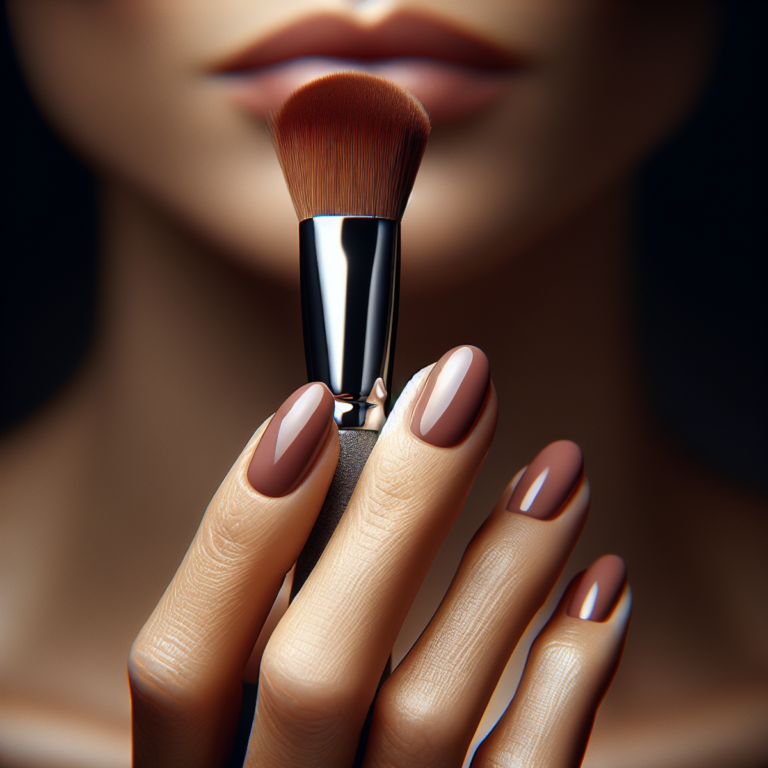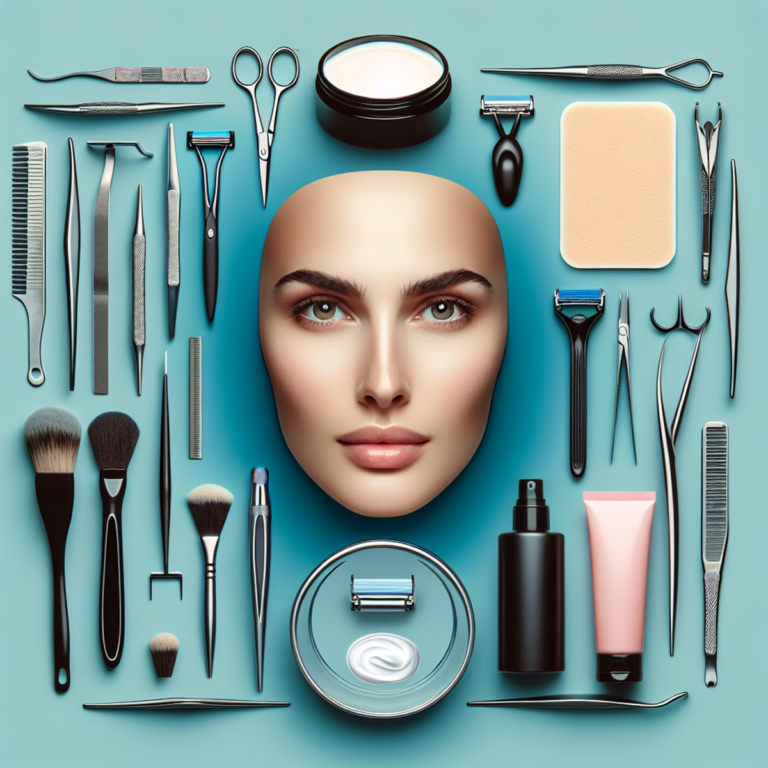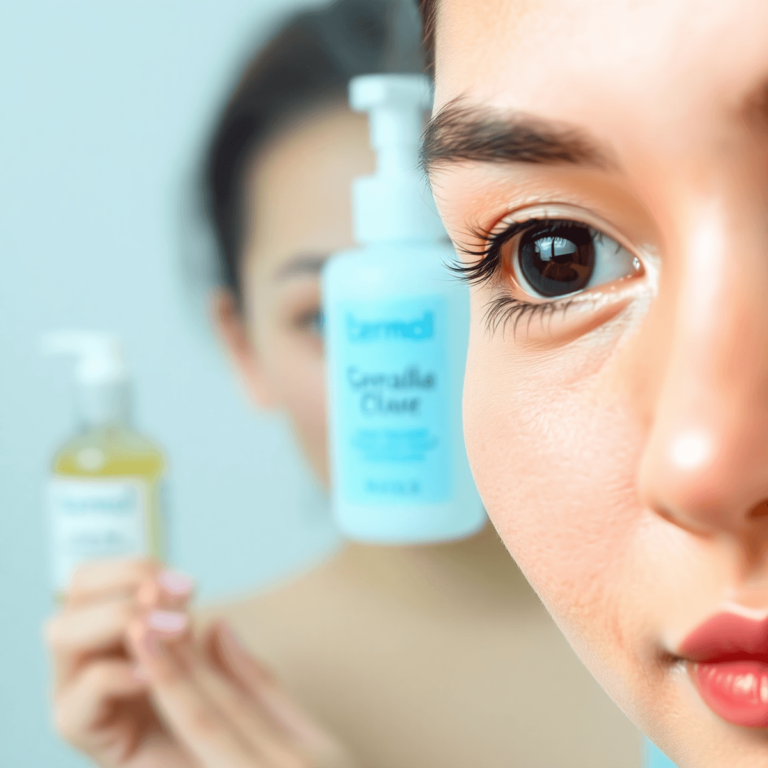How to remove pimple marks

Introduction
Pimple marks – those stubborn dark spots left behind after acne breakouts – can significantly impact your skin’s appearance and self-confidence. These marks, medically known as post-inflammatory hyperpigmentation, appear as discolored patches that linger long after the actual pimple has healed.
Your skin tells a story, and pimple marks can be unwanted chapters that affect your daily life. Many people find themselves:
- Applying extra layers of makeup to conceal these marks
- Avoiding social situations due to skin-related anxiety
- Struggling with self-image issues
- Spending significant money on ineffective treatments
The good news? These marks aren’t permanent. With proper treatment and care, you can fade these unwanted reminders of past breakouts and restore your skin’s natural radiance.
Addressing pimple marks goes beyond cosmetic concerns. These marks can indicate underlying skin health issues that need attention. By taking action to treat and prevent pimple marks, you’re investing in:
- Long-term skin health
- Protection against future breakouts
- Enhanced skin texture and tone
- Improved self-confidence
Let’s explore effective strategies to tackle these persistent marks and help you achieve the clear, glowing skin you deserve.
Understanding Pimple Marks
Pimple marks develop through a natural skin healing process that begins the moment a pimple starts to heal. When your skin experiences inflammation from acne, it triggers a complex chain of events:
1. Initial Inflammation Phase
- Your skin sends white blood cells to the affected area
- Blood flow increases, causing redness and swelling
- The healing process begins immediately
2. Melanin Response
- Skin cells called melanocytes produce extra melanin
- This excess melanin creates dark spots or hyperpigmentation
- Darker skin tones are more prone to post-inflammatory hyperpigmentation
The natural fading process of pimple marks varies significantly:
- Light marks: 3-6 months
- Moderate marks: 6-12 months
- Deep marks: Up to 2 years
Factors Affecting Healing Time:
- Sun exposure
- Skin type
- Original pimple severity
- Treatment methods used
- Skincare routine consistency
Your skin‘s healing mechanism works through several stages:
- Inflammation Stage (Days 1-5)
- Redness and swelling appear
- Skin becomes sensitive to touch
- Proliferation Stage (Days 5-20)
- New skin cells form
- Collagen production increases
- Initial dark spot appears
- Remodeling Stage (Days 20+)
- Skin gradually returns to normal color
- Mark begins to fade
- New skin cells replace damaged tissue
The intensity of melanin production directly impacts mark visibility. Melanin, your skin’s natural pigment, increases its production as a protective response to inflammation. This protective mechanism can backfire, leading to persistent dark spots that take time to fade.
Types of Pimple Marks
Pimple marks come in different forms, and each type requires a specific treatment approach. Here are the main types you might encounter:
1. Flat Marks (Post-Inflammatory Hyperpigmentation)
- Appears as dark, discolored patches
- Sits level with surrounding skin
- Common in individuals with darker skin tones
- Usually temporary, fading within 3-24 months
2. Atrophic Scars
- Depression or indentation in the skin
- Results from collagen loss during healing
- Three primary subtypes:
- Ice Pick Scars: Deep, narrow punctures
- Boxcar Scars: Wide depressions with sharp edges
- Rolling Scars: Wave-like depressions with smooth edges
3. Hypertrophic Scars
- Raised above skin surface
- Caused by excess collagen production
- Common characteristics:
- Pink or red in color
- Firm to touch
- May feel itchy or tender
- Typically appear on chest, back, shoulders
4. Keloid Scars
- Similar to hypertrophic scars but:
- Grow beyond original injury site
- Darker in color
- More common in darker skin tones
- Can continue growing over time
The type of scar you develop depends on several factors:
- Your skin type
- Genetic predisposition
- Severity of original acne
- How you handled the initial breakout
- Your skin’s natural healing response
Early identification of your specific scar type helps determine the most effective treatment strategy. Different marks respond better to certain treatments – what works for flat marks might not be suitable for deep atrophic scars.
Preventing Pimple Marks: Skincare Routine and Lifestyle Changes
A consistent skincare routine stands as your first defense against pimple marks. Your daily regimen should include:
1. Gentle Cleansing (2x daily)
- Use lukewarm water
- Choose non-comedogenic cleansers
- Pat dry with a clean towel
2. Strategic Product Application
- Apply treatments on clean skin
- Wait 1-2 minutes between products
- Use lightweight formulas for day, richer ones at night
3. Essential Steps
- Cleanse
- Tone (optional)
- Treatment serums
- Moisturize
- Sunscreen (daytime)
Your lifestyle choices directly impact your skin’s health. Here’s what you need to prioritize:
Hydration Requirements:
- Drink 8-10 glasses of water daily
- Include hydrating foods like cucumbers and watermelon
- Limit dehydrating beverages like alcohol and caffeine
Skin-Friendly Diet:
- Foods to Include:Omega-3 rich fish
- Colorful fruits and vegetables
- Zinc-rich nuts and seeds
- Foods to Limit:Processed sugars
- Dairy products
- High-glycemic foods
Additional Habits:
- Change pillowcases weekly
- Keep hair clean and away from face
- Avoid touching face throughout day
- Remove makeup before bed
- Exercise regularly to promote healthy blood circulation
Remember to patch test new products and introduce them one at a time. This method helps identify which products work best for your skin type and prevents potential reactions that could lead to more breakouts.
Home Remedies to Try for Fading Pimple Marks
Natural ingredients from your kitchen can work wonders for fading pimple marks. These time-tested remedies offer gentle yet effective solutions for skin healing.
Vitamin C-Rich Solutions
Raw vitamin C treatments help fade dark spots by interrupting melanin production:
- Fresh Lemon Juice: Apply diluted lemon juice using a cotton ball
- Potato Slices: Rich in vitamin C, place directly on marks for 10 minutes
- DIY Vitamin C Serum: Mix vitamin C powder with rose water
Powerful Plant Extracts
- Mix 2-3 drops with your moisturizer
- Apply directly to marks twice daily
- Contains proanthocyanidins that boost collagen production
- Use fresh gel from the plant
- Apply directly to marks
- Leave overnight for best results
Ancient Healing Spices
Turmeric Paste Recipe
- 1 teaspoon turmeric powder
- 1 teaspoon honey
- Few drops of lemon juice
- Apply for 15 minutes
- Use 2-3 times weekly
Natural Oils for Mark Fading
Essential Oils Blend
- Rosehip oil: 3 drops
- Tea tree oil: 2 drops
- Jojoba oil base: 1 tablespoon
- Pat gently on marks before bedtime
Kitchen Ingredients
Honey Treatments
- Raw honey mask: 15 minutes daily
- Honey + cinnamon paste: Apply overnight
- Manuka honey spot treatment: Direct application
Green Tea Compress
- Brew strong green tea
- Cool completely
- Apply with cotton pad
- Rich in antioxidants
Application Tips
- Patch test new ingredients on your inner arm
- Start with shorter application times
- Increase duration gradually based on skin response
- Maintain consistency for visible results
- Store natural preparations in dark glass containers
- Use fresh ingredients for maximum effectiveness
These natural remedies require patience and consistent application. Results typically show within 4 to 8 weeks, depending on individual skin types and severity of marks.
Over-the-Counter Treatments for Pimple Marks: What Works?
Your local drugstore offers powerful solutions for treating pimple marks through scientifically-backed ingredients. Here are the most effective OTC treatments:
1. Retinoids
- Adapalene (0.1%) speeds up cell turnover
- Apply a pea-sized amount nightly
- Results visible within 8-12 weeks
2. Alpha Hydroxy Acids (AHAs)
- Glycolic acid (5-10%) exfoliates dead skin cells
- Lactic acid helps fade dark spots
- Use 2-3 times weekly to avoid irritation
3. Specialized Ingredients
- Mandelic acid – gentle exfoliation for sensitive skin
- Kojic acid – targets melanin production
- Azelaic acid – reduces inflammation and discoloration
4. Application Tips
- Start with lower concentrations
- Patch test new products for 24 hours
- Apply products on clean, dry skin
- Wait 2-3 minutes between layers
- Use SPF during daytime
5. Product Combinations
- Pair retinoids with moisturizer
- Avoid mixing AHAs with vitamin C
- Space out active ingredients on alternate nights
These treatments work best when used consistently. Results typically appear within 4-8 weeks, depending on mark severity and skin type. Dark spots might require longer treatment periods.
Professional Treatments for Stubborn Cases: When to Seek Help?
Professional treatments offer powerful solutions for stubborn pimple marks that resist home remedies and over-the-counter products. Here’s when to consider seeking professional help:
Signs You Need Professional Treatment:
- Pimple marks persisting beyond 6 months
- Deep, indented scars
- Raised, thick scars
- Dark spots resistant to OTC treatments
- Emotional distress from persistent marks
Available Professional Treatments:
- Chemical Peels ($600+)
- Uses medical-grade acids
- Removes damaged skin layers
- Requires 3-6 sessions
- Best for surface-level marks
- Microdermabrasion ($150 per session)
- Physical exfoliation technique
- Improves skin texture
- Minimal downtime
- Ideal for mild scarring
- Laser Resurfacing ($1,000-$2,000)
- Targets deeper skin layers
- Stimulates collagen production
- Treats various scar types
- Results visible after 2-3 sessions
These treatments work best under professional supervision. A qualified dermatologist can assess your skin type, scar severity, and recommend the most effective treatment combination for your specific case. Professional treatments can address challenging areas like chin pimples, blind pimples, and body acne marks that haven’t responded to other interventions.
The Role of Sunscreen in Treating Pimple Marks: Protect Your Skin!
Sunscreen is your best defense against stubborn pimple marks. Here’s how it works: when your skin is exposed to the sun’s harmful UV rays, it responds by producing more melanin – the pigment responsible for skin color. This can lead to two problems:
- Existing pimple marks becoming darker and more pronounced.
- New pimple marks forming and becoming more visible.
But don’t worry! There’s a solution. By using a broad-spectrum sunscreen with an SPF of 30 or higher, you can create a protective barrier on your skin that prevents UV damage and supports the healing process.
Key Benefits of Sunscreen for Pimple Marks:
- Prevents darkening of existing marks
- Reduces the risk of post-inflammatory hyperpigmentation (PIH)
- Supports skin healing and regeneration
- Protects against UV-induced inflammation
Choosing the Right Sunscreen:
Not all sunscreens are created equal, especially when it comes to treating pimple marks. Here are some tips on how to choose the right one:
- Look for non-comedogenic formulas: These are products specifically designed not to clog pores, making them ideal for acne-prone skin.
- Select broad-spectrum protection: This means the sunscreen protects against both UVA and UVB rays, providing comprehensive sun protection.
- Consider physical sunscreens with zinc oxide: Zinc oxide is a mineral ingredient that sits on top of the skin and reflects UV rays, making it an excellent choice for sensitive or acne-prone skin.
- Opt for lightweight, oil-free textures: Heavy or greasy sunscreens can potentially worsen breakouts, so go for lightweight formulas that won’t weigh down your skin.
How to Use Sunscreen Effectively
Applying sunscreen correctly is just as important as choosing the right product. Follow these guidelines for optimal sun protection:
- Apply sunscreen generously every morning: Don’t skimp on the amount of product you use. Make sure to cover all exposed areas of your face and body.
- Reapply every 2-3 hours: Sunscreen wears off over time, especially if you’re sweating or swimming. To maintain effective protection, reapply every few hours throughout the day.
- Be mindful during outdoor activities: If you plan on spending extended periods outdoors, such as going to the beach or hiking, make sure to apply sunscreen beforehand and bring it along for reapplication.
The Importance of Sun Protection in Your Pimple Mark Treatment Journey
It’s common for people with acne-prone skin to skip sunscreen out of fear that it might worsen their breakouts. However, this misconception can hinder your efforts in treating pimple marks.
Without proper sun protection, other treatments like vitamin C serums or chemical peels may not work as effectively as they should. The sun’s UV rays can counteract these treatments and prevent them from delivering optimal results.
Remember this: sun protection is an essential part of your pimple mark treatment journey. Embrace it as a complementary step alongside other skincare practices.
Patch Testing New Sunscreens
Before incorporating any new product into your skincare routine, including sunscreen, it’s crucial to perform a patch test first. This helps ensure compatibility between the new product and your skin type or existing treatments.
To patch test:
- Choose a small area on your body (such as behind your ear or on your inner arm) where you can apply the sunscreen.
- Apply a small amount of the product onto that area and leave it undisturbed for 24 hours.
- After 24 hours, check for any signs of irritation such as redness, itching, or swelling.
If you experience any adverse reactions during this time period, it’s best to avoid using that particular sunscreen on your face or other larger areas.
By following these guidelines – using sunscreen consistently and correctly while being mindful about patch testing – you’ll be well-equipped in protecting both your skin from further damage caused by sunlight exposure!
Consulting a Dermatologist: Personalized Treatment Plans for You!
Seeking professional help becomes crucial when your pimple marks persist despite consistent home care. A dermatologist’s expertise proves invaluable in these situations:
- Marks lasting longer than 6 months
- Deep, textured scarring
- Recurring breakouts in the same areas
- Painful or cystic acne
- Marks affecting multiple body areas (face, buttocks, back)
What to Expect During Your First Visit
During your first dermatologist visit, expect a thorough examination of your skin concerns. Your doctor will:
- Analyze Your Skin Type: Different skin types respond uniquely to treatments
- Review Medical History: Including previous treatments and allergies
- Document Current Skincare: Products you’re using and their effectiveness
- Take Clinical Photos: To track progress throughout treatment
Possible Treatments Recommended by Dermatologists
Your dermatologist might recommend specialized treatments like:
- Prescription-strength retinoids
- Chemical peels
- Laser therapy
- Microneedling sessions
- Medical-grade skincare products
These professionals can also address specific concerns like blackheads, sudden breakouts, or stubborn spots with targeted solutions. They’ll create a comprehensive treatment plan considering factors such as:
- Your skin’s sensitivity
- Treatment costs
- Time commitment
- Expected results
- Potential side effects
Preparing for Your Consultation
Remember to bring questions about your specific skin concerns and be ready to discuss your skincare goals during the consultation.
Conclusion: Embrace Your Journey Towards Clearer Skin!
Your path to clear, mark-free skin requires dedication and patience. A holistic approach to skincare combines multiple strategies:
- Maintain your daily skincare routine without skipping steps
- Stay consistent with your chosen treatments
- Protect your skin from sun damage
- Keep your hands off your face to prevent new breakouts
- Nourish your skin from within through proper diet and hydration
Remember that pimple marks take time to fade – it’s a gradual process that can span several months. Each skin type responds differently to treatments, so what works for others might not work for you.
Your skin’s healing journey is unique, and it’s natural to experience both progress and setbacks. Stay committed to your skincare routine, celebrate small improvements, and trust the process. With persistence and proper care, you’ll achieve the clearer, healthier skin you desire.
FAQs (Frequently Asked Questions)
What are pimple marks and how do they affect my skin’s appearance?
Pimple marks, also known as post-inflammatory hyperpigmentation, are dark spots or discolorations that remain on the skin after a pimple has healed. They can impact your skin’s overall appearance and may affect your confidence, making it important to address them for better skin health.
How do I prevent pimple marks from forming?
Preventing pimple marks involves maintaining a consistent skincare routine, practicing good acne prevention, staying hydrated, and following a healthy diet. Incorporating effective skincare habits can significantly reduce the likelihood of new breakouts and subsequent marks.
What are some effective home remedies for fading pimple marks?
Popular home remedies for fading pimple marks include using vitamin C serums, grapeseed extract, and turmeric. These ingredients can help lighten dark spots and improve skin texture when applied regularly in appropriate ways.
When should I consider over-the-counter treatments for my pimple marks?
You should consider over-the-counter treatments like retinoids and alpha hydroxy acids (AHAs) if you want to fade pimple marks effectively. These treatments can help accelerate skin cell turnover and improve the appearance of scars.
What professional treatments are available for stubborn pimple marks?
For stubborn pimple marks that do not respond to other treatments, professional options such as chemical peels or microdermabrasion may be beneficial. Consulting with a dermatologist can help determine the best course of action based on your specific needs.
Why is sunscreen important when treating pimple marks?
Using sunscreen is crucial during treatment phases to prevent further pigmentation issues. Sunscreen protects your skin from UV rays that can worsen existing discoloration and impede the healing process of pimple marks.










